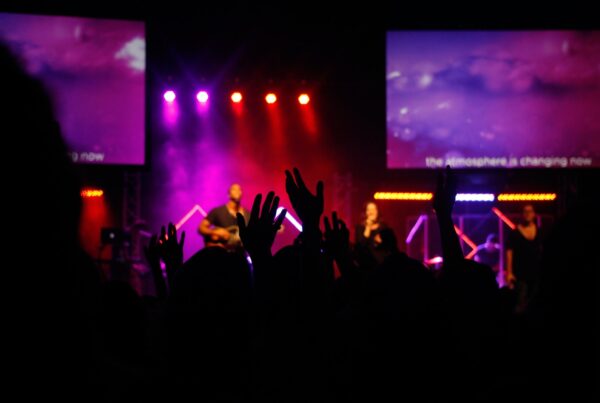Reproduction
Under this right, no one other than the copyright owner may make any reproductions or copies of the work. Examples of unauthorized acts include:
- photocopying a book
- copying a computer software program
- using a cartoon character on a t-shirt
- incorporating a portion of another’s song into a new song
It is not necessary that the entire original work be copied for an infringement of the reproduction right to occur. All that is necessary is that the copying be “substantial and material.”
Derivative
According to the Copyright Act, a derivative work is “a work based upon one or more preexisting works, such as a translation, musical arrangement, dramatization, fictionalization, motion picture version, sound recording, art reproduction, abridgment, condensation, or any other form in which a work may be recast, transformed, or adapted.”
A derivative work usually involves a type of transformation, such as the transformation of a novel into a motion picture. In the computer industry, a second version of a software program is generally considered a derivative work based upon the earlier version.
Distribution
The distribution right grants to the copyright holder the exclusive right to make a work available to the public by sale, rental, lease, or lending. This right allows the copyright holder to prevent the distribution of unauthorized copies of a work. In addition, the right allows the copyright holder to control the first distribution of a particular authorized copy.
However, the distribution right is limited by the “first sale doctrine”, which states that after the first sale or distribution of a copy, the copyright holder can no longer control what happens to that copy. Thus, after a book has been purchased at a book store (the first sale of a copy), the copyright holder has no say over how that copy is further distributed. Thus, the book could be rented or resold without the permission of the copyright holder.
Congress has enacted several limitations to the first sale doctrine, including a prohibition on the rental of software and phonorecords.
Public Performance
The public performance right allows the copyright holder to control the public performance of certain copyrighted works. The scope of the performance right is limited to the following types of works:
- literary works
- musical works
- dramatic works
- choreographic works
- pantomimes
- motion pictures
- audio visual works
Under the public performance right, a copyright holder is allowed to control when the work is performed “publicly.” A performance is considered “public” when the work is performed in a “place open to the public or at a place where a substantial number of persons outside of a normal circle of a family and its social acquaintances are gathered.” A performance is also considered to be public if it is transmitted to multiple locations, such as through television and radio. Thus, it would be a violation of the public performance right in a motion picture to rent a video and to show it in a public park or theater without obtaining a license from the copyright holder. In contrast, the performance of the video on a home TV where friends and family are gathered would not be considered a “public” performance and would not be prohibited under the Copyright Act.
Public Display
The public display right is similar to the public performance right, except that this right controls the public “display” of a work. This right is limited to the following types of works:
- literary works
- musical works
- dramatic works
- choreographic works
- pantomimes
- pictorial works
- graphical works
- sculptural works
- stills (individual images) from motion pictures and other audio visual works
The definition of when a work is displayed “publicly” is the same as that described above in connection with the right of public performance.



